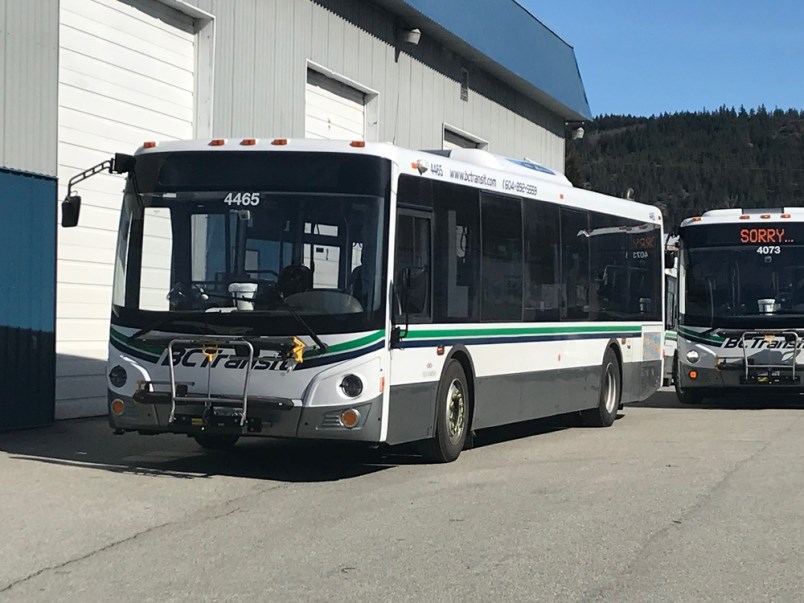When it comes to regional transit, instead of imminent royal assent, it appears the stakeholder communities in the Sea to Sky Corridor are getting the royal run-around from the provincial government.
Without a doubt, launching a major transit service is a complex undertaking, requiring extensive reflection. But these negotiations have become an unreasonably drawn-out cat-and-mouse game.
In the summer of 2016, the Sea to Sky Corridor Regional Transit Study was launched with all the stakeholders at the table. That assembly included the Squamish-Lillooet Regional District, the District of Squamish, the Resort Municipality of Whistler, the Village of Pemberton, the Líl’wat Nation, the Squamish Nation, the Ministry of Transportation and Infrastructure, TransLink and BC Transit.
On the heels of that exploratory study, a committee consisting of the regional partners, including the Líl’wat Nation and Squamish Nation, presented government officials in Victoria with a funding model for the service.
It mirrors what is presently in use in the Lower Mainland and in the Capital Regional District. According to Whistler Mayor Jack Crompton, the submission was well-timed and thoroughly presented.
But now the provincial government asserts that model is no longer viable in the long-term. As a result, the committee has been sent back to the drawing board.
In a foreshadowing of what hurdles lay ahead, during a meeting last February with local MLA Jordan Sturdy, Squamish Mayor Karen Elliott said, in a press release “Apparently the ministry doesn’t understand why our time line is, like, now, versus 2020… our request for regional transit doesn’t seem urgent to the ministry.”
Another stumbling block is the complexity of the unique two-tiered system expressed in the plan. A separate Regional Transit Commission (RTC) will oversee the inter-community system, while member communities retain jurisdiction over their own local bus services.
To add more uncertainty to this already convoluted undertaking, despite being invited to participate during the two preliminary phases mentioned above, current provincial legislation prohibits members of the Lil’wat and Squamish Nation from serving on the RTC.
That said, the province is now considering measures to enable both First Nations to be represented. How long that will take is anybody’s guess.
As much as they may be uncomfortable questions, would the pace of these negotiations have been accelerated if they involved a jurisdiction in the Lower Mainland, or if the riding was held by the governing NDP, or their bedfellows the Greens, instead of the provincial Liberals?
Kevin Desmond, CEO of TransLink, says his organization “is supportive of an interregional service that will connect the Sea to Sky Corridor to our service area and decrease the number of single occupant vehicles.”
And Claire Trevena, the Minister of Transportation and Infrastructure, claims her government is “dedicated to expanding transit service along the corridor — to better connect communities and help get people to and from their jobs, affordably and with ease.”
So, it appears the will is there. The next obvious step is to find a way to cut through the tangle of red tape and launch regularly scheduled buses from Greater Vancouver to Squamish and beyond without further delay.



